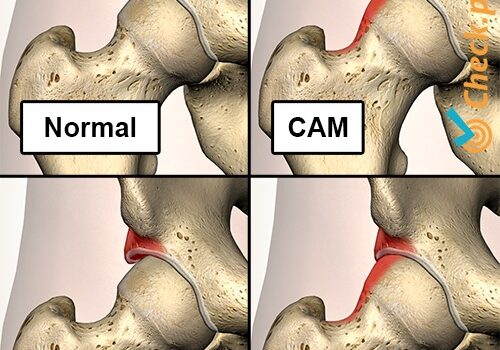I’m sure many of you with lower back pain have been told to “strengthen your core” to fix your lower back pain. Whilst this is a helpful strategy, it’s not that simple. Having a toned six-pack doesn’t guarantee a pain free lower back. The truth is, strengthening our deeper core muscles (the ones you may not see) are more important and as they will ultimately provide the most stability to our lumbar spine.
Lower back pain is one of the most common musculoskeletal conditions experienced by 80% of our population at some point in their life. It can be caused by various factors, such as poor posture, a sedentary lifestyle and muscle imbalances. Most episodes of back pain resolve on their own with minimal intervention, some require varying levels of conservative care and exercise rehab, whilst a small portion of people require more serious interventions such as spinal surgery. While many pain-relieving strategies are readily available, healthcare providers such as Osteopaths recognize the importance of addressing the underlying cause of the problem to provide long-lasting relief and prevent the need of more serious interventions.
The anatomy
The spine is a complex structure composed of joints, discs, bones, and muscles. One of the key factors found in low back pain is the weakness of deep core stabilizers, particularly the Multifidus muscle. This muscle is located deep in the back (attaching directly along the course of the spine) and plays a crucial role in maintaining the stability and alignment of the spine. It helps to control the movement of the vertebrae and provides support and stability during tasks such as bending, lifting, and twisting. Research has shown that individuals with chronic low back pain demonstrate two patterns related to the Multifidus muscle: a reduction in the size of the muscle fibers and a reduction in the activation levels during movement. In contrast, those without low back pain exhibit healthy activation patterns of the Multifus demonstrating the strong correlation between the two. This does not suggest that the source of your low back pain is the Multifidus muscle itself, it is more likely to mean that the reduced activation levels of this muscle has resulted in overload or tissue damage to other structures in the back such as the discs, ligaments or muscles that are compensating.
So how do we address the deep stabilisers?
Addressing the deep stabilising muscles of the back can be very difficult for an untrained individual. Osteopaths are trained to perform various diagnostic assessments to identify whether spinal instability is part of the problem. Along with providing hands-on manual therapy to treat the pain, your osteopath will coach you through the appropriate core activation exercises to address the stabilizers of the spine (including the deep core muscles previously discussed). The goal is to master the activation exercises as quickly as possible in order to progress to more functional exercises that replicate your daily movement patterns and sporting requirements.
If you’re experiencing lower back pain and this sounds like something you need, come and visit one of our Osteopath’s at Blackburn Allied Health Group to get you back on track!





